You can contact LEARNZ, part of CORE Education, at:
Postal Address:
PO Box 13 678,
Christchurch 8141,
New Zealand
Surveyors are experts in the science of measurement. Surveyors collect very accurate data (within 1-10cm) while other geospatial experts collect more general data.
From the earliest civilisations, people have needed to measure the land and set out areas for farming and buildings. The best way to present this information is on a map. The process of making or drawing maps is called cartography.
The first step in creating a map is collecting geospatial data. Today surveyors and other spatial professionals do this work.
Surveyors are experts in the science of measurement: they collect and use spatial information. Surveyors specialise in collecting and using different sorts of geospatial data for a range of different locations:
Once accurate geospatial data has been collected and processed by surveyors, it can be made available in many forms:
Surveyors use special tools to help them measure.
As late as the 1990s, the basic tools used by surveyors were:
More recently laser scanning has been used for 3D mapping and theodolites are now electronic and are called 'total stations'.
Surveyors use a technique called intersection (which can also be called triangulation) to calculate the distance to a remote point. Intersection uses a triangle and some simple mathematics. You can use intersection to measure the distance across a river. Here’s how:
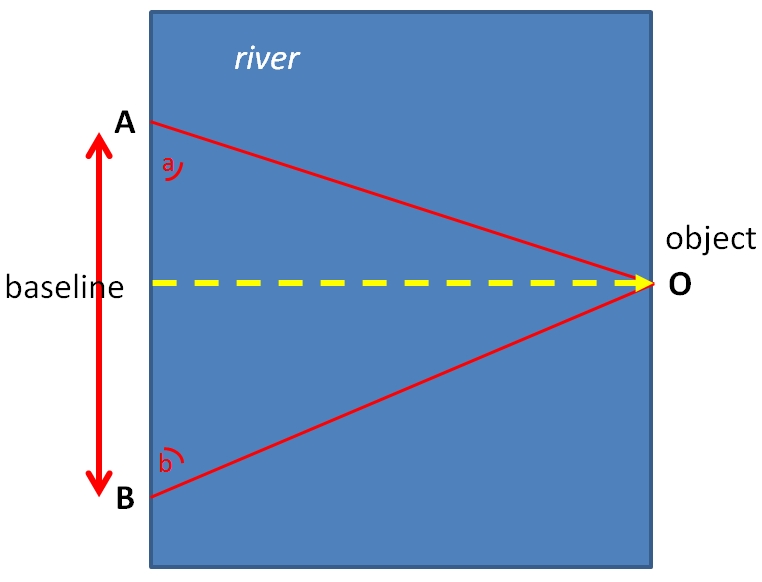
The baseline is the distance between two points A and B.
For a closer object, the angles a and b will be smaller but for an object further away the angles will be larger (closer to 90 degrees). Once the angles are measured you can calculate the perpendicular distance (yellow line) to the object.

The triangle has one side with a known distance and two known angles. The distance to the object can be fixed with a simple maths equation using the two angles (a and b) and the baseline distance.
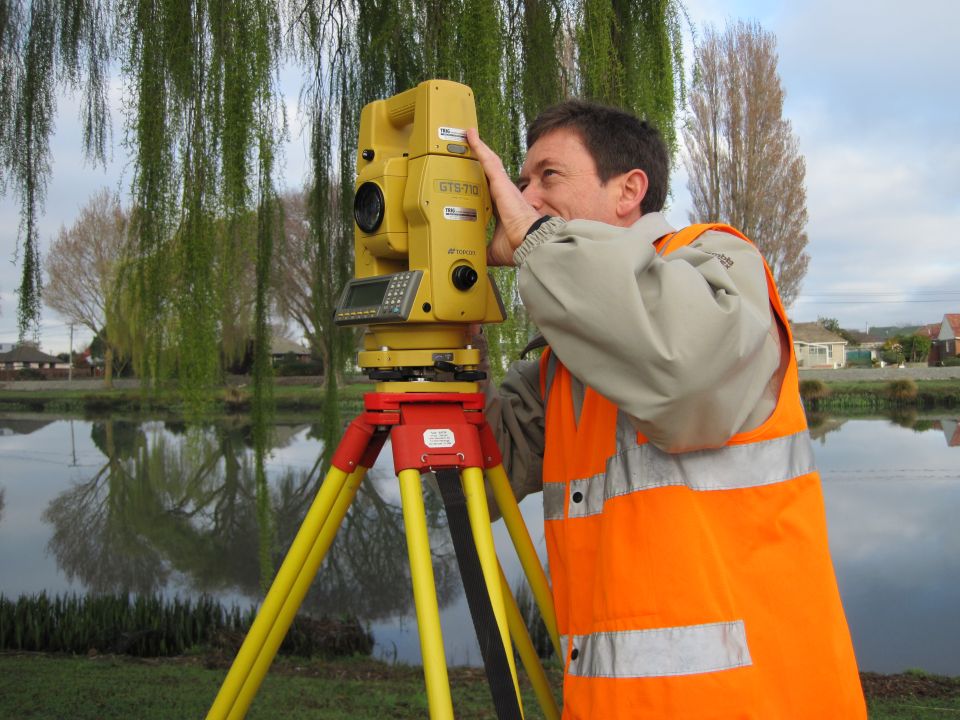
,Surveyors use special tools to help them measure. In this photo Lloyd McGarvey from LINZ uses an electronic theodolite with a laser (called a total station) on a tripod. Image: LEARNZ.
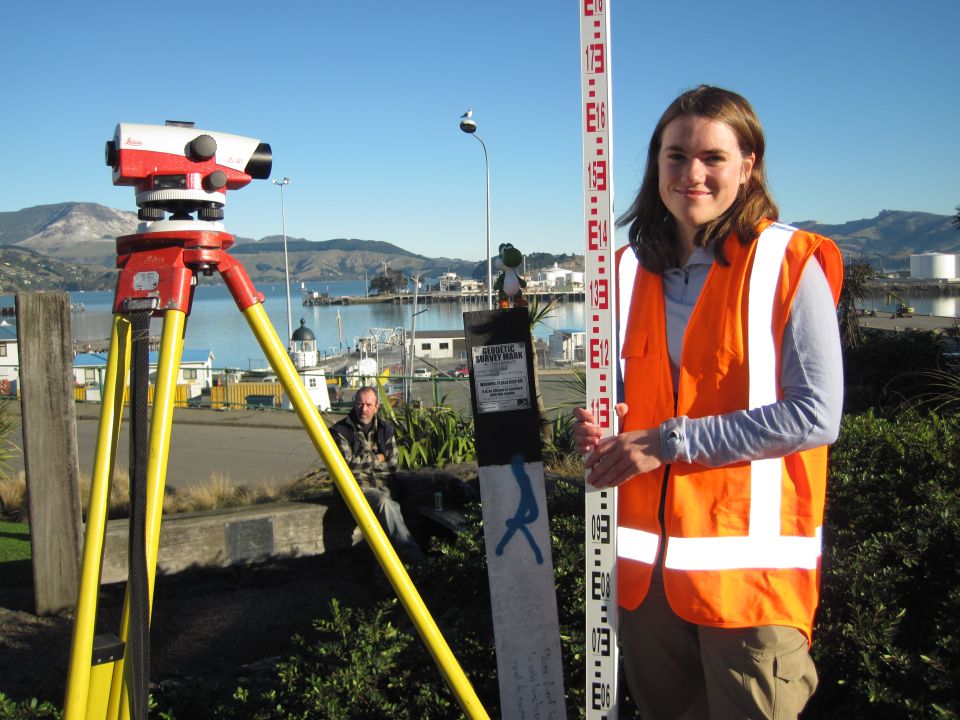
,Paula Gentle is a Geodectic Surveyor with LINZ. Paula's job is to ensure that the coordinates on survey marks throughout New Zealand are correct. Why do you think this is important? Image: LEARNZ.
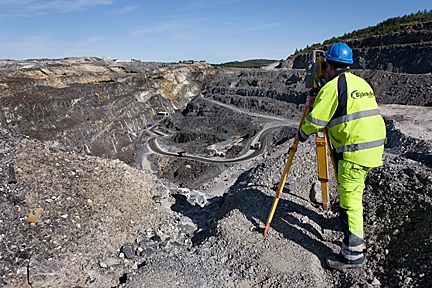
,A total station in use above an opencast coal mine. Surveying on a mine site helps to pinpoint where a resource is and if land movement is occurring due to mining. Image: Solid Energy.
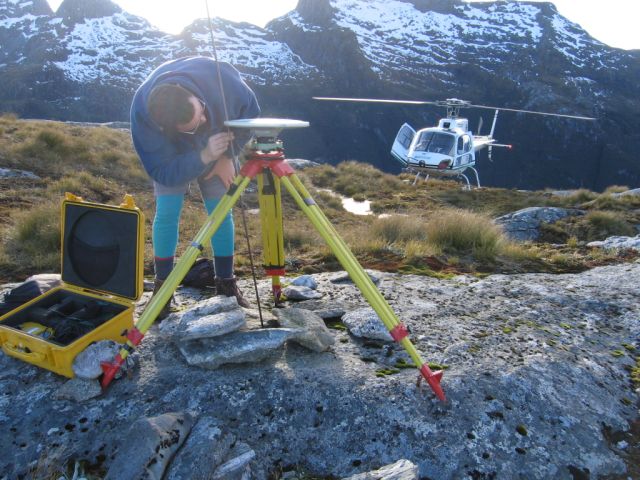
Image: LINZ.
What do you think surveying is used for in the high country?